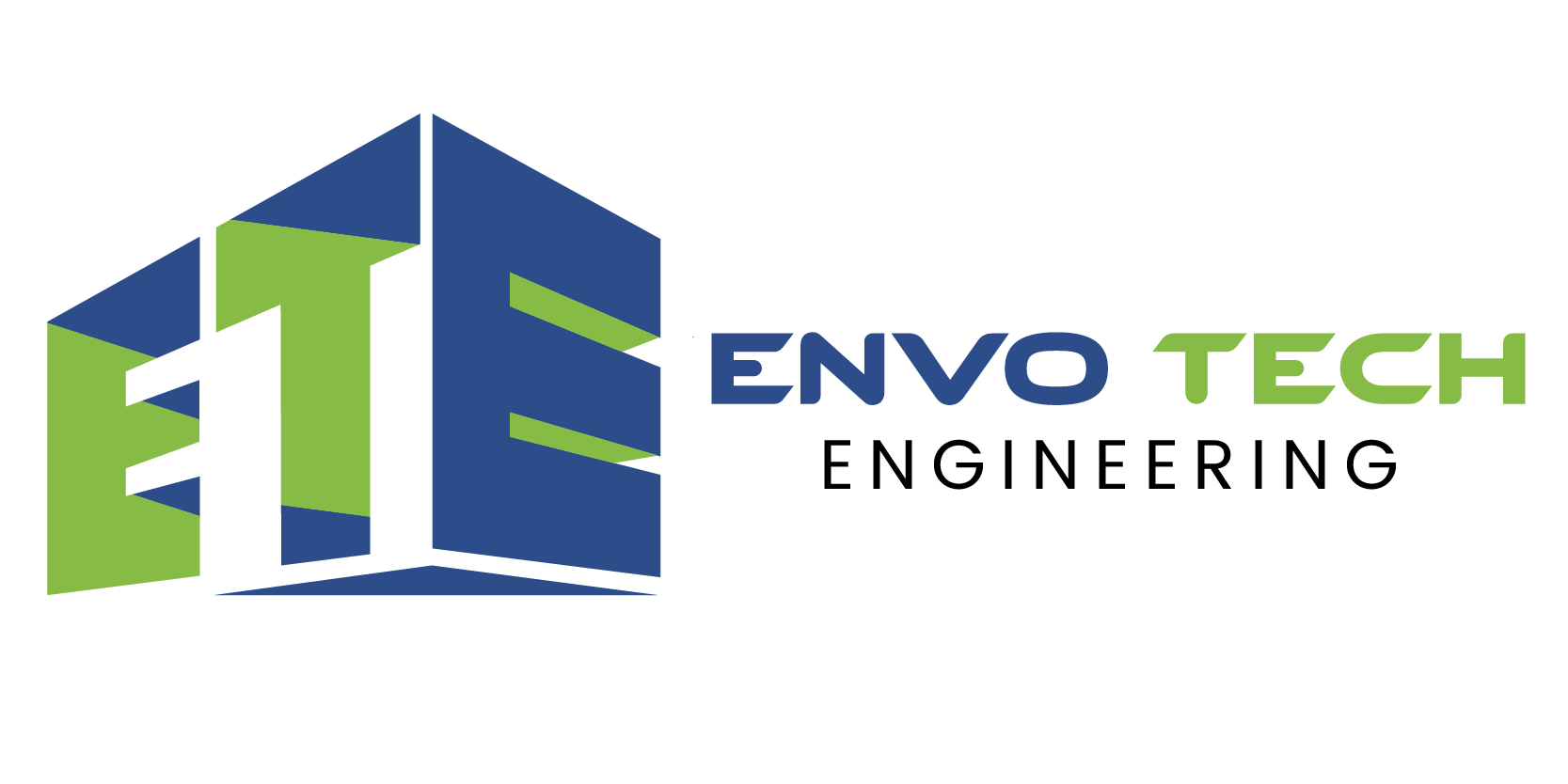Geotextiles
Coir geotextiles are crafted from 100% natural coconut fiber, extracted from the husk of the coconut. This eco-friendly material is specifically developed for various civil engineering applications, including erosion control, ground improvement, filtration, drainage, river bank protection, road pavements, and slope stability. Unlike synthetic alternatives, coir geotextiles are both degradable and environmentally friendly, offering a sustainable solution for numerous engineering challenges. The inherent properties of coir fiber such as its natural resistance to rot, molds, and moisture eliminate the need for chemical treatments. With its strength and durability, coir geotextiles effectively protect slopes from erosion while promoting the growth of vegetation, making it an invaluable material in the realm of environmental and civil engineering.

Geo textiles - 400GSM

Geo textiles - 700GSM

Geo textiles - 900GSM
Usage of Geotextiles
- Sediment Control: Used as silt fences or sediment barriers on construction sites, geotextiles help manage sediment runoff and prevent sediment from entering water bodies.
- Channel and Gully Protection: Geotextiles can be installed in channels and gullies to stabilize the soil, control water flow, and prevent further erosion and sedimentation.
- Roadway Construction: Geotextiles are used in road construction to stabilize subgrade soil, distribute loads, and prevent mixing of the subgrade with the aggregate base, reducing road maintenance needs.
- Retaining Walls: Geotextiles are employed in the construction of retaining walls to provide reinforcement and stability, preventing soil erosion behind the wall and improving its overall performance.
- Landfill Liner Systems: In landfill projects, geotextiles are used as part of the liner system to separate different layers, control leachate, and protect against contamination.
- Coastal Erosion Control: Woven or composite geotextiles can be used in coastal areas to stabilize dunes and beaches, reduce wave impact, and protect shorelines from erosion.
- Drainage Systems: Geotextiles are used in drainage systems to filter out soil particles while allowing water to pass through, preventing clogging of drainage systems and maintaining effective water flow.
- Mining and Reclamation: In mining operations, geotextiles are used to control erosion and manage soil stability in reclamation projects, supporting land restoration and rehabilitation.
Benefits of Geotextiles
- Soil Stabilization: Geotextiles reinforce soil, preventing erosion and maintaining soil structure on slopes, embankments, and other vulnerable areas.
- Sediment Control: Geotextiles help control sediment runoff by capturing and retaining soil particles, reducing sedimentation in nearby water bodies and improving water quality.
- Drainage Improvement: They facilitate effective drainage by allowing water to pass through while filtering out soil particles, which helps prevent clogging of drainage systems and maintains efficient water flow.
- Vegetation Support: Geotextiles provide a stable environment for seed germination and plant growth, supporting revegetation efforts and enhancing soil stability through root development.
- Durability: Geotextiles are designed to withstand harsh environmental conditions, including heavy rainfall, UV exposure, and mechanical stress, ensuring long-term performance and protection.
- Environmental Benefits: By controlling erosion and sediment runoff, geotextiles contribute to the protection of water quality, reduction of pollution, and support for healthy ecosystems.
- Load Distribution: In road construction and other applications, geotextiles help distribute loads more evenly, preventing subgrade soil deformation and improving the stability and durability of the structure.
- Waste Management: In landfill projects, geotextiles play a crucial role in separating different layers, controlling leachate, and protecting the environment from contamination.
| Grams per Square Meter (gms) | 400 to 900 |
| Length of Blanket | 20m – 100m |
| Width of Netting | 1.0m to 2.5m (4m with middle joint) |
| Open Area | Customized |

